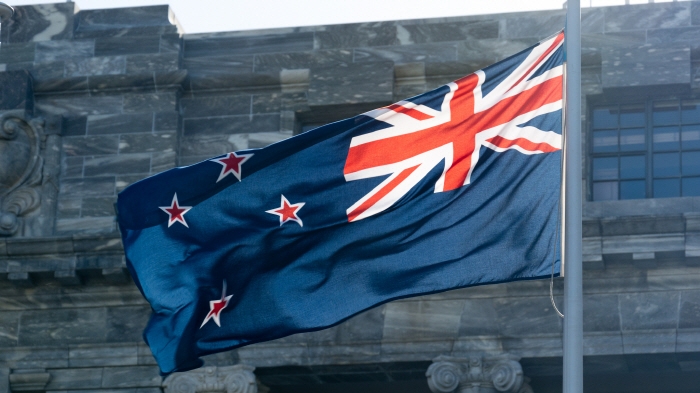Australians have looked across the Tasman with some envy in recent years as the New Zealand economy appeared to be outperforming through 2014 and into 2015. However, it now seems the NZ economy will follow the Australian economic "example" and have to manage the downside of a commodity price cycle. The New Zealand economic and policy-making environment is likely better placed than Australia's to cope with this challenge. This is from both a fiscal and, importantly, a monetary policy perspective.
"It is our view the RBNZ will act to support growth by easing policy rates once more - in September, with any further move heavily dependent on the data flow. Nonetheless the need to cut rates as deeply as the RBA has to date is unlikely to materialize", says BofA Merrill Lynch.
The New Zealand economy seemed to be on the cusp of a period of significantly above-trend growth in late 2014 and into 2015. This was from a period of softer economic growth in the wake of the financial crisis. Australia had also experienced this post-GFC rebound in growth.
However, in the Australian context, any more pronounced or sustainable recovery had been stopped in its tracks by significantly lower commodity prices, a rapidly declining investment cycle and lack of business and consumer confidence. Further, Australian governments have been, and continue to be, engaged in confidence-sapping contractionary fiscal policy..



































